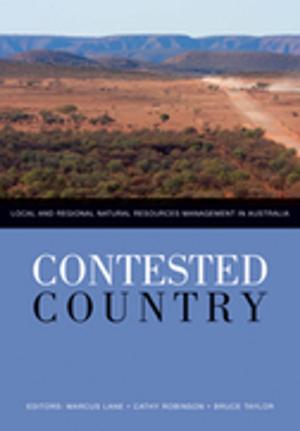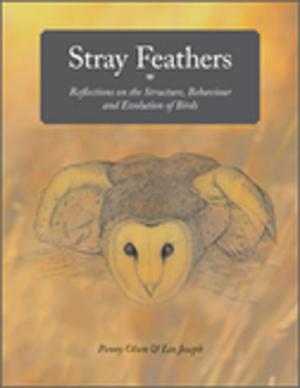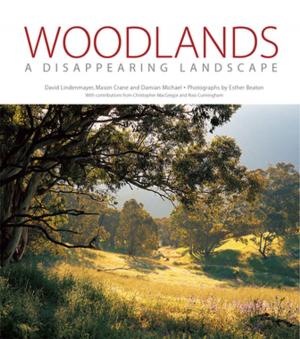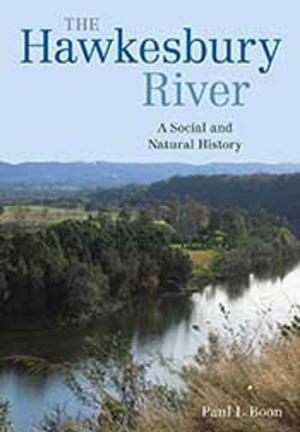Forest Pattern and Ecological Process
A Synthesis of 25 Years of Research
Nonfiction, Science & Nature, Science, Biological Sciences, Environmental Science, Technology, Nature| Author: | ISBN: | 9780643100008 | |
| Publisher: | CSIRO PUBLISHING | Publication: | October 29, 2009 |
| Imprint: | CSIRO PUBLISHING | Language: | English |
| Author: | |
| ISBN: | 9780643100008 |
| Publisher: | CSIRO PUBLISHING |
| Publication: | October 29, 2009 |
| Imprint: | CSIRO PUBLISHING |
| Language: | English |
Forest Pattern and Ecological Process is a major synthesis of 25 years of intensive research about the montane ash forests of Victoria, which support the world's tallest flowering plants and several of Australia's most high profile threatened and/or endangered species. It draws together major insights based on over 170 published scientific papers and books, offering a previously unrecognised set of perspectives of how forests function. The book combines key strands of research on wildfires, biodiversity conservation, logging, conservation management, climate change and basic forest ecology and management. It is divided into seven sections: introduction and background; forest cover and the composition of the forest; the structure of the forest; animal occurrence; disturbance regimes; forest management; and overview and future directions. Illustrated with more than 200 photographs and line drawings, Forest Pattern and Ecological Process is an essential reference for forest researchers, resource managers, conservation and wildlife biologists, ornithologists and mammalogists, policy makers, as well as general readers with interests in wildlife and forests. 2010 Whitley Certificate of Commendation for Zoological Text.
Forest Pattern and Ecological Process is a major synthesis of 25 years of intensive research about the montane ash forests of Victoria, which support the world's tallest flowering plants and several of Australia's most high profile threatened and/or endangered species. It draws together major insights based on over 170 published scientific papers and books, offering a previously unrecognised set of perspectives of how forests function. The book combines key strands of research on wildfires, biodiversity conservation, logging, conservation management, climate change and basic forest ecology and management. It is divided into seven sections: introduction and background; forest cover and the composition of the forest; the structure of the forest; animal occurrence; disturbance regimes; forest management; and overview and future directions. Illustrated with more than 200 photographs and line drawings, Forest Pattern and Ecological Process is an essential reference for forest researchers, resource managers, conservation and wildlife biologists, ornithologists and mammalogists, policy makers, as well as general readers with interests in wildlife and forests. 2010 Whitley Certificate of Commendation for Zoological Text.















